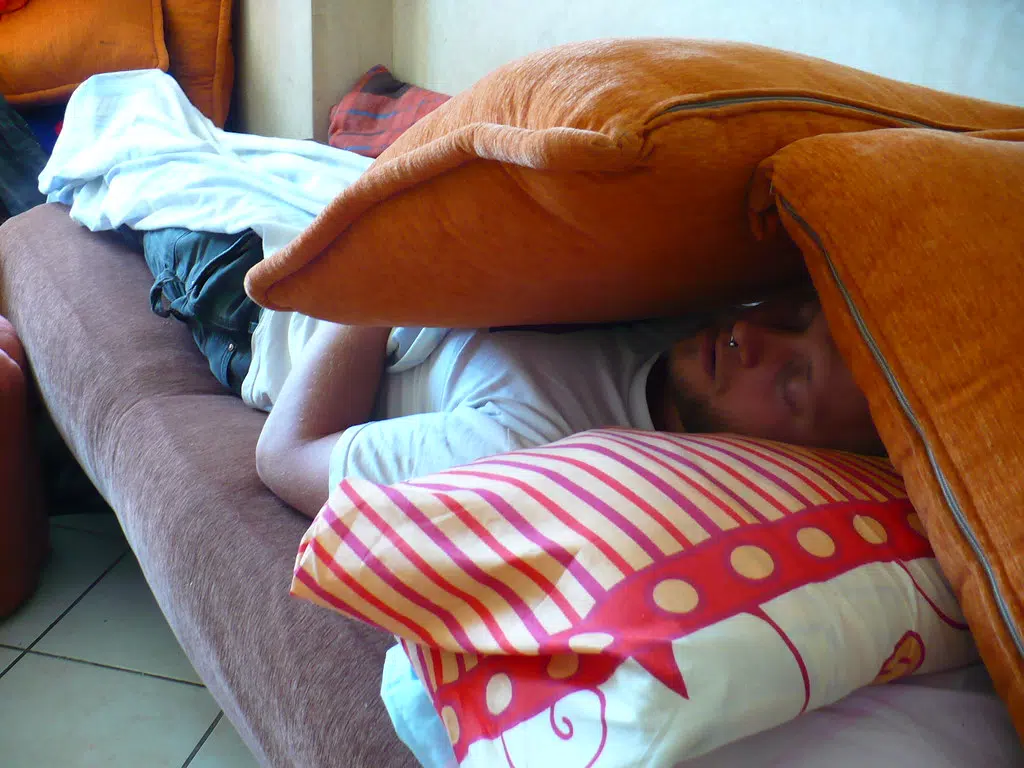The Grey Bruce Health Unit is launching a pilot project centred on raising awareness on home takeovers.
The GBHU says the Home Takeover pilot, launched in the fall, looks to bring attention to this issue and create response tools.
GBHU Public Health Nurse and co-lead of the pilot project Lisa Alguire says, a home takeover starts when a vulnerable homeowner or tenant is forced to accommodate an unwanted guest in their home. The guest could be a relative, friend, or acquaintance of the person living in the home who may have been invited to stay over.
The GBHU says the situation progresses when the perpetrator may then supply the occupant with drugs to stay in the home, and use the space to conduct illegal drug activity and refuse to leave. The actions or activities of the perpetrator make the occupant feel unsafe, uncomfortable, or threatened in their home.
Alguire says the occupant of the home may face threats, violence, manipulation, or financial exploitation as the reason they continue to accommodate the unwanted guest, or the occupant may have a drug dependency, mental health issues, or have experienced homelessness in the past. She adds the occupant could also face eviction in a home takeover situation.
Alguire wasn’t able to confirm how many home takeover situations have occurred in the region.
“There wasn’t a lot of local data available to us at the time of beginning the pilot project,” says Alguire.
Alguire says, “through this pilot project, we hope to shine a light on the issue of home takeovers, which primarily affect our most vulnerable residents.”
She adds the goal is to reduce the occurrence of home takeovers in the region through community awareness, the development of a multi-stakeholder response framework, and other resources.
Alguire says in the fall of 2021, Grey County Housing began seeing home takeovers happening in community housing neighbourhoods and they spent a year collecting information before launching the pilot.
“They were sharing stories and examples of home takeovers happening, and really the impacts of home takeover for tenants, families, and the children from individuals taking over the units in the neighbourhood,” says Alguire.
In response to these takeovers, 14 community partners established an advisory committee, which include representatives from housing organizations, mental health services, police, fire, and others. The committee seeks to understand the existing response and the gaps in responding to a home takeover.
In a survey, it was discovered a few of the partners had not heard the term home takeover, but nearly all had dealt with a case within the past year.
A plan was developed to reduce the occurrence of home takeovers, with groups creating several resources to raise awareness of the issue for organizations and residents.
Interviews with people who have lived through a home takeover as well as reviewing literature were conducted to understand more about home takeovers, and was used to develop a response framework.
Grey County Tenant Services Manager Sharon Irwin says, “your home should be a place you feel comfortable and safe. This pilot project has brought awareness to an issue in our community and collaboration towards solutions.”
The health unit says there are signs which could indicate someone is at risk of the home takeover. These signs include a change in behaviour or appearance, increased activity happening around the home, or a sudden change in a person’s financial situation.
Alguire says those experiencing a home takeover, or are at risk of losing control of their home, they are resources available and they should reach out to their housing provider or someone their trust for support.
People can also call 211 to reach their housing helpline.
Executive Director of Community Connection/211 Central East Ontario and partner of the project Pam Hillier says, they are available 24/7 to assist and find local programs and services to help.
“This includes assisting individuals who may be experiencing a home takeover or loved ones of someone who is in a home takeover situation,” says Hillier.
More resources are also available on the health unit website here.



